Jessica DeFino publishes The Review of Beauty by Jessica DeFino on Substack, where she explores how beauty culture impacts us both externally and existentially. She has worked in the beauty industry for over a decade and in roles at magazines, in tech, and as a freelance reporter. Her most popular recent posts include “Everyone Is Botoxed & No One Is Horny,” “The Morning Dread (— I Mean, Shed),” and “Objectifying People, Personifying Objects.” If you enjoy Jessica’s edit today, be sure to subscribe to her Substack.
To me, there is no combination of words more nonsensical than “beauty industry.”
Beauty, that innate longing? The force that fuels the human spirit? Beauty, as in: Beauty, Freedom, Truth, Love? That cannot be ported into products and industrialized! What the cosmetics market sells is something else entirely, and to associate its offerings—like Hole Serum, meant to improve the aesthetic of one’s anus—with beauty is an insult to us all, I think.
I bring up this particular serum only because I had the pleasure of hosting Substack Presents: The Hole Debate this past week, an in-person exploration of the beauty industry’s recent turn toward below-the-belt enhancements. The event featured some of my favorite people on this platform: Emily Kirkpatrick, who writes I <3 Mess; Patrick Nathan, who writes Entertainment, Weakly; Sable Yong, who writes Hard Feelings; Magdalene J. Taylor, who writes Many Such Cases; and Cindy Gallop, who writes Dear Cindy.
My regular work goes far beyond butts, though. From week to week, I tackle topics like the sublime, Sofia Coppola’s lip gloss, and Lady Macbeth’s acne advice (“Out, damned spot!”) in an attempt to separate beauty from mere appearance. Maybe I should also say I consider my newsletter a mea culpa of sorts. I started my career as an assistant editor on the Kardashian-Jenner official apps almost 10 years ago, where I definitely contributed to our culture’s warped perception of what’s beautiful. (I’m sorry! I’ve changed!)
Ahead, find a few recent posts I loved—each one probing past the surface of what seems to be in order to reveal what is.
WELLNESS
—Emily Daniel in Medusa's Body
It’s not often that Emily Daniel’s newsletter, Medusa’s Body, lands in my inbox, but when it does, it’s always a stop and read right now event. Her recent musings on “the grotesque in medicine” include a three-part series on immunity as metaphor, with an emphasis on how appearance ideals have been absorbed into health care like powdered collagen into a morning smoothie.
Sontag accidentally prophesied the dawn of the age of immunity. She may be chagrined, however, to see that despite the stunning progress of medicine, popular discourses on health and disease have held onto their solipsism, superstition even, slapping on new scientific language for legitimacy. We talk about external toxicity—food additives, microplastics, forever chemicals, pathogens, air pollution—as the cause of disease but insist that our bodies’ barriers can be fortified to keep out these threats.
Products like ARMRA colostrum claim to fortify the immune system to prevent colds and allergies … They also vaguely claim to protect against digestive, hormonal and reproductive, dermatologic, and even mental health maladies.
The same supplements are marketed as beauty products, though they’d never be so superficial as to use the B-word. I see ads every day for products that strengthen the immune barrier, the gut barrier, the skin barrier and the nasal-mucosal barrier, whatever barriers you can think of. These barriers keep disease out and provide visual evidence of this protection by making you more beautiful. One barrier-bolstering miracle product can act as a natural alternative to Botox and filler; it heals acne, banishes bloat, and helps you lose five pounds while growing fuller hair. Beauty and thinness are the trappings and the suits of health.
Continue reading
IDENTITY
— .,¤°✿princess babygirl in Princess Babygirl
“I do it for me!” is something I hear a lot as a beauty writer. When the chorus of individualism threatens to drown out common sense, I turn to Princess Babygirl for her insights on the self and the collective, the conscious and the unconscious. No one is doing it like her.
Identities—the desires, politics, and social constructions of them—aren’t solely our own. They are communally authored, shaped by a never-ending dialogue with the world, the social internet, and the systems and algorithms of modernity we’ve all found ourselves ensnared in due to the widening information sphere and platform capitalism, contributing to an increasingly intuitive, mimetic, and vibes-oriented cultural landscape. In the age of hyperreal individualism, there is only post-truth “identity performances, aesthetics, affects, symbols, signals, and gestures” meant to alchemize us from girls into gimmicks.
Continue reading
CULTURE
—P.E. Moskowitz in Mental Hellth
Mental Hellth was one of the first Substacks I subscribed to when I discovered the platform, and it’s still one of my go-tos years later. In each issue, writer P.E. Moscowitz looks beyond the chemical imbalance theory of mental health to explore how politics, economics, and social dynamics can and do affect our brains. This one on Charli XCX, delusion, and Freud is particularly relevant.
Whether far-right or far-left or simply a Charli-obsessed teen, it seems the general function of social media these days is to take our quite bleak reality and, through the power of fantasy, turn it into something that feels better.
Another word for fantasy, though, might be delusion. And another might be denial.
Burying our heads in the sand is not quite the right metaphor, unless the sand is filled with thousands of screens on which we project a nicer thing we’d rather see than the thing we’re burying our heads from. We are not simply ignoring the truth, we are replacing it with a self-created one.
Freud, using the example of Columbus believing that he’d landed somewhere totally different than he actually did, posits that fantasy is not simply a form of denial but a form of wish fulfillment. We do not create false realities because they are fun but because we want them to be true—because the actual truth is much harder to stomach.
Everyone participates in this to a certain extent. Denial is a fundamental psychological process. The problem, though, is that denial also hurts us.
Continue reading
FASHION
—Emily Kirkpatrick in I <3 Mess
Welcome to the most underrated fashion coverage on Substack, I <3 Mess by Emily Kirkpatrick. If you’re not reading Emily, I don’t know how to help you! I laugh through her weekly roundups of “the best of the worst celebrity fashion”; I cried through her latest investigation into “bagmaxxing”—i.e. the practice of decorating one’s purse with “status symbols in the form of many, many expensive designer keychains.”
This sudden proliferation of high-fashion handbag accoutrement makes a lot of sense from a business perspective, as luxury brands are always looking for that perfect impulse purchase item that will get a customer’s foot in the door. While most of what these designers sell will be completely unaffordable to the vast majority, creating a highly covetable mid-range object is a classic luxury strategy for building a consumer fan base and fostering brand loyalty. This is a role traditionally filled by the label’s beauty offerings, which provide a way to incorporate that logo into your life via a lipstick or a perfume that, while still pricey, won’t break the bank.
Having already sold us more than we can ever possibly use, we are now being trained by corporations to believe that even our objects are in need of more objects to support them. An idea that is, in turn, reinforced by social media and the many infomercial salespeople therein attempting to sell us the latest and greatest must-have. This same bottomless need to acquire the new can readily be seen in the way that even our homes are being transformed into small replicas of department stores. Perfume collections composed of hundreds, if not thousands, of bottles are organized by brand and placed on display shelves like they’re on sale at Macy’s. Or consider The Home Edit-fication of our pantries, where everything now has to be labeled, color-coded, and decanted into clear containers to create a sort of minimalist window display of foodstuffs for your eyes only. Even our produce and juices are no longer safe from this zhushing with the rise of “fridge-scaping,” which encourages homemakers to regularly transform the interiors of their icebox into various thematic landscapes, each of which obviously requires its own set of containers, foliage, and bric-a-brac to complete the scene.
Continue reading
COMICS
—Kat Schneider in Pretend I Never Sent You This
Illustrator Kat Schneider makes autobiographical comics about (among other things) isolation and introversion, and yet never romanticizes her loneliness. I love an artist aware of their own bullshit; I strive for it myself!
Continue reading
STYLE
—Marlowe Granados in From the Desk of Marlowe Granados
Sometimes I fear I come off as an enemy of adornment, a denouncer of fashion and shopping and wearable markers of identity. Not so! It’s because I adore these things that I critique (what I believe are) shallow approximations of style. Marlowe Granados knows the real thing when she sees it, and her dispatches on taste—true taste—are not to be missed.
You recognize taste when you step into someone’s world and it feels like you’ve been transported. You may never know that person’s interior life, but you see hints of it everywhere. The effort the person has made to surround themselves with things that they love, they really love, and find beautiful is so clear. The effect on the visitor should not be to replicate their exact sensibilities but for you to develop your own more deeply. Some may argue that I am pushing for consumption, but taste is so obviously not only made up of objects. It comes from a reverence and curiosity for history, art, craftsmanship, literature, music, film! All that eventually filters through to the objects one surrounds yourself with if you care enough. People with taste are noticeable savants—experts at what they love.
Whenever I am struck by someone’s taste, I love seeing how little influence our current moment has on them. As though this person’s world lives in a vacuum that without them couldn’t exist and it was never done for anyone but themselves. They brought all of this forward to their present, everyday life—this random year of twenty-twenty-four—pieces found in far-flung places and perhaps kept for idiosyncratic reasons, and this is what it looks like all together. It’s a testament to what we need to preserve.
Continue reading
SUSTAINABILITY
—Alec Leach in ALEC LEACH
Is luxury fashion really a luxury, or just the illusion of it? Sustainability reporter Alec Leach explains it best in “You’re paying for the runway show,” a look at how high-end brands use inflated profit margins to disguise cut corners. Customers pay for the product; the environment and undercompensated workers pay the price. (Same goes for expensive skin care.)
We also know that a huge price tag doesn’t guarantee a product has been made ethically. Back in 2020, a New York Times investigation uncovered sweatshops in India embroidering pieces for some of the world’s biggest luxury brands. Earlier in the year, Bloomberg reported that workers in Peru were working unpaid to shear vicuna wool for Loro Piana, and more recently investigators discovered suppliers in Italy assembling €2,600 Dior bags for €53.
The maisons love to talk about how the industry is all about craftsmanship and creative visionaries, but peer behind the scenes and you’ll find a bunch of execs with spreadsheets who figured out that you can charge extremely high prices when you spend a lot of money on marketing (there’s tons about this in my book, btw). And marketing is more important than ever. When 99% of the stuff on the market is just a half-assed remix of someone else’s idea, then you have to push really, really hard to keep people interested; otherwise they’ll spend their money on skin care or natural wine or fragrances instead.
Continue reading
 | | Luisa 5d so much of writing is googling “—— synonym” | | |
|
 | | Steinbergdrawscartoons 3d It’s my fault really | |  | | |
|
 | | Elle Griffin 6d One person posing at the place everyone has agreed is “the good picture spot,” and the line of people waiting to get their pictures taken there. | |  | | |
|
 | | Farrah @Substack 2d On Saturday night @Substackinc threw a party for Paris Fashion Week. I caught up with some of the writers there to better understand the city of love. Here @Sarah Wilson explains why its the best city on earth to be an older woman | |  | | |
|
 | | William Poulos 7d My students tend to dislike poetry when they first arrive, but this one gets them every time. | |  | | |
|
Inspired by the writers featured in Substack Reads? Creating your own Substack is just a few clicks away:
Start a Substack
Substack Reads is a weekly roundup of writing, ideas, art, and audio from the world of Substack. Posts are recommended by staff and readers, and curated and edited by Substack’s editors.
Got a Substack post to recommend? Tell us about it in the comments.
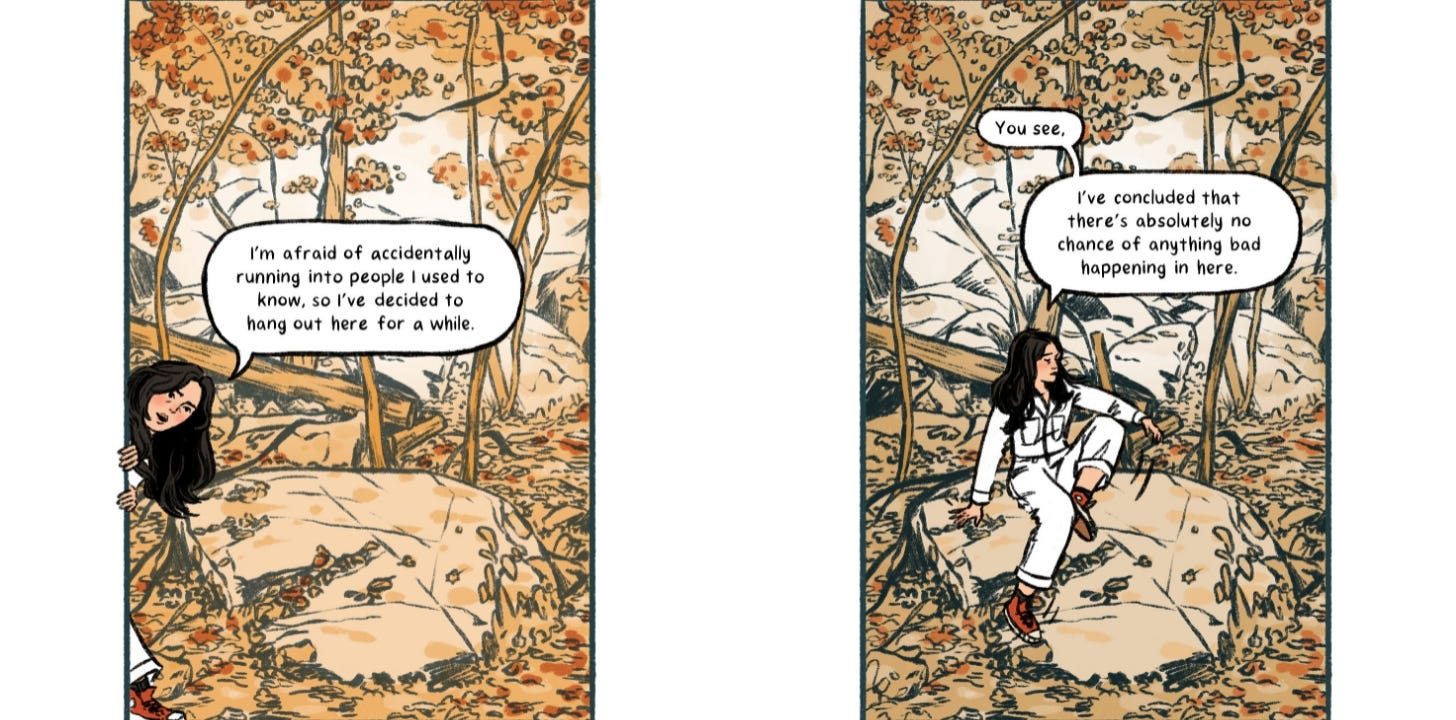

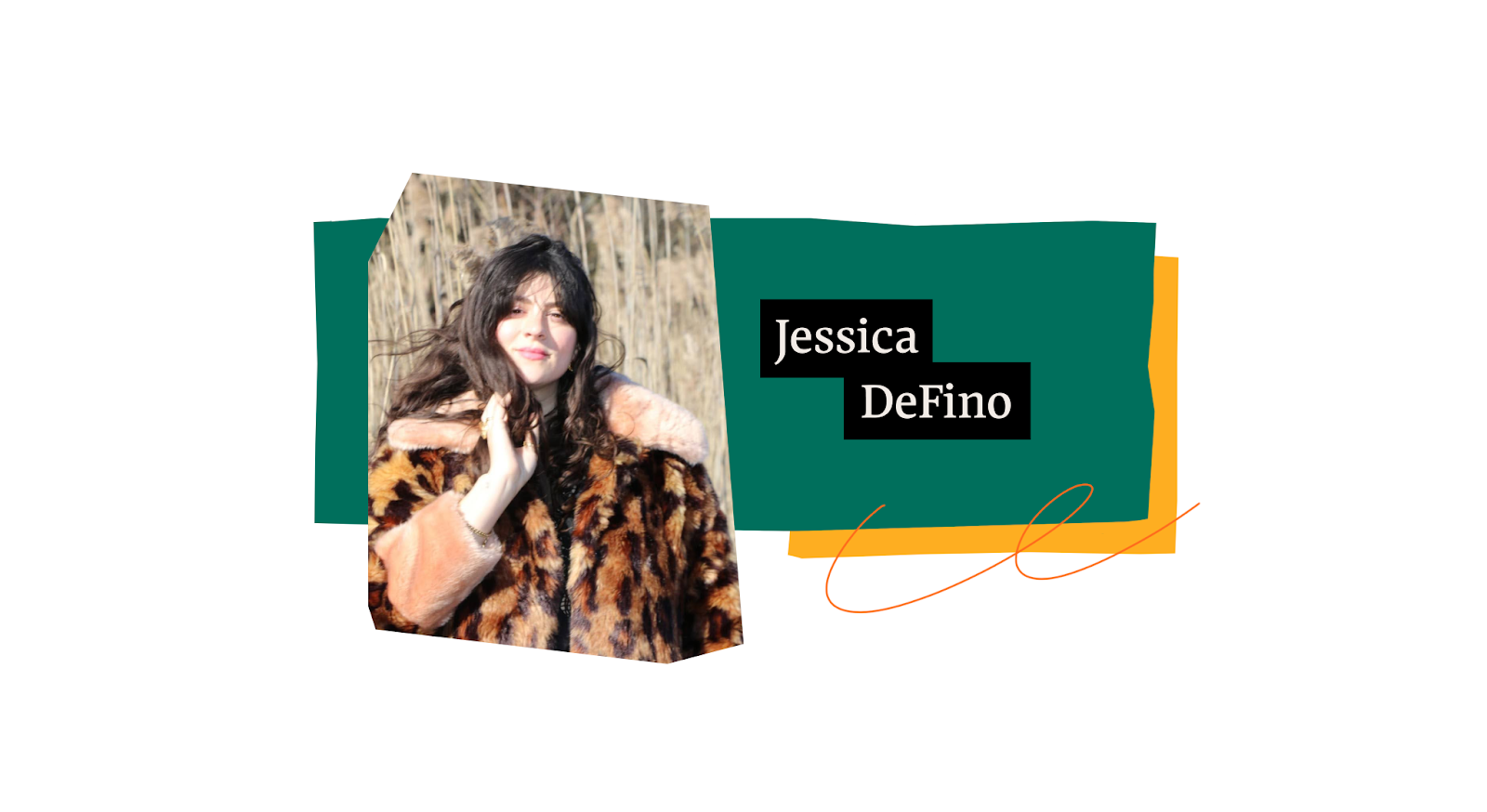

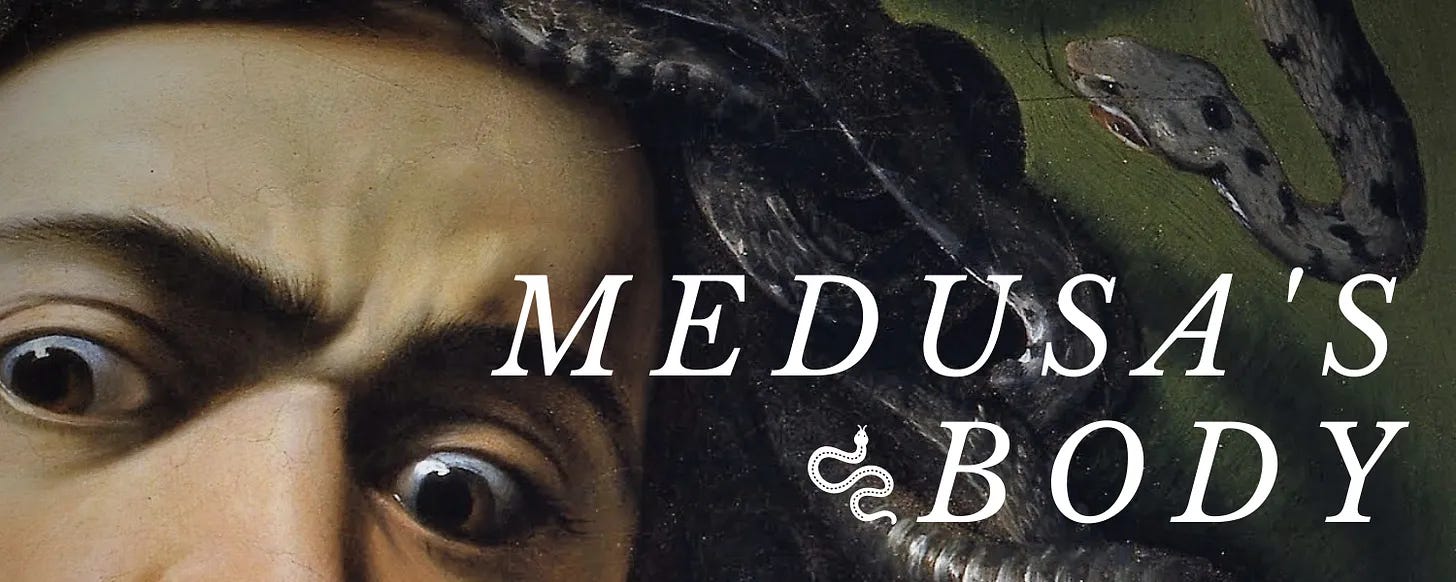





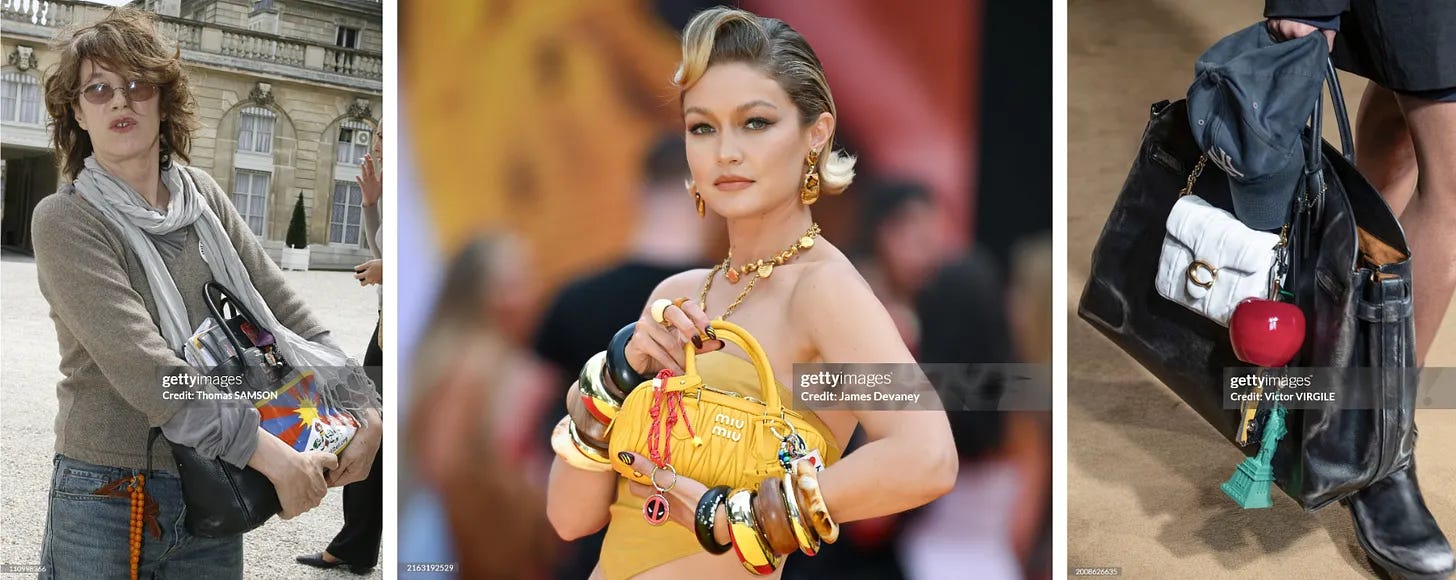




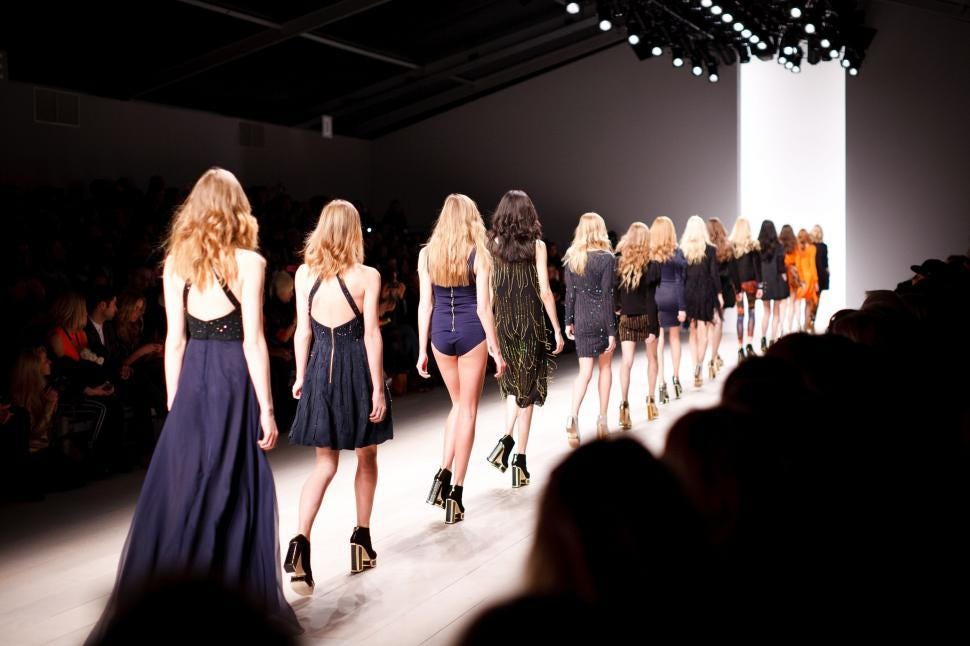








No comments:
Post a Comment